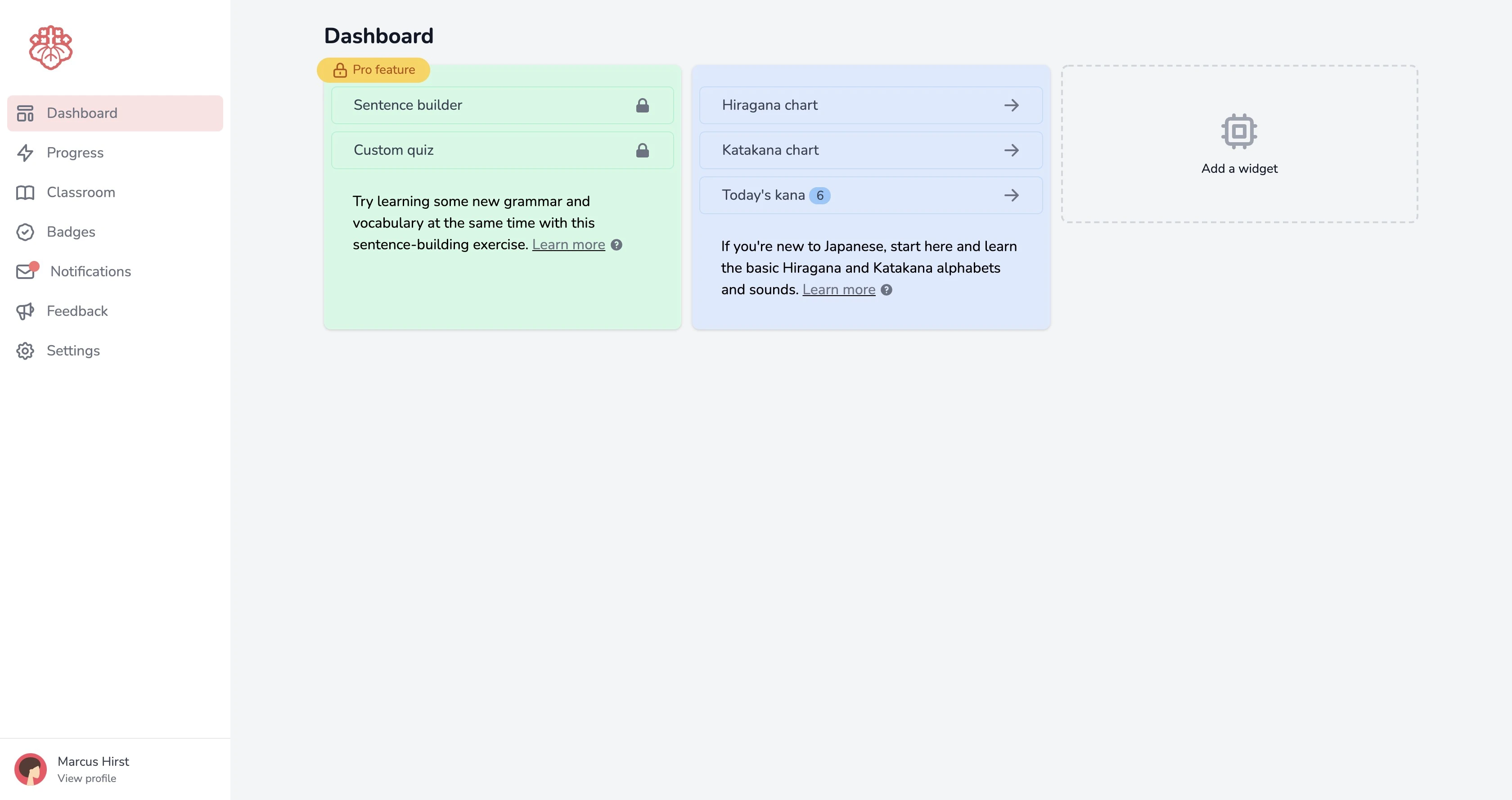
5 Ways To Improve Your Kanji Practice
3 minute read · Mon 5 December5 Ways To Improve Your Kanji Practice
Kanji characters
Ink on paper, a journey
Memories made.
Memorising large amounts of kanji can be challenging, but there are several strategies you can use to make it easier. It’s easiest to learn Kanji when you start using that word often enough in your regular practice. Learning Kanji in bulk, or trying to remember all the on or kin readings won’t be that helpful if your goal is to improve your reading and writing. Here are some tips for remembering kanji:
1 Practice regularly and consistently. Set aside dedicated time each day or week to study and practice your Kanji. Regular practice will help you commit the characters to memory. Focus on the shape of the Kanji. What does it look like? Does it remind you of anything? Does it look like a Kanji you’ve seen before?
2 Use mnemonic devices. Mnemonic devices are memory aids that can help you remember Kanji by associating them with a word, image, or concept that is easy to remember. For example, you could use a mnemonic to remember the kanji for “tree” 木 by associating it with the image of a tree with branches coming down. The kanji for “book” 本 looks like “tree” with a cross through it, like someone chopped it down to turn it into “paper” 紙.
3 Use flashcards. Flashcards are a simple but effective tool for practicing and memorizing Kanji. Write the kanji on one side of the card and the English translation or other relevant information on the other side. Then, review the cards regularly to reinforce your memory of the Kanji. Pin cards to real-life objects if you have some around the house to help reinforce what the meaning of that Kanji is.
4 Write the Kanji by hand. Writing Kanji by hand can help you commit the characters to memory. Practice writing the Kanji using the correct stroke order, and try to write them as neatly and accurately as possible. Be consistent with how you write your Kanji because some can look very similar to others. Like 古 in “old” and 吉 in “good fortune”.
5 Use spaced repetition software. Spaced repetition software (SRS) is a computer-based learning tool that helps you learn and remember Kanji by presenting them to you at increasing intervals of time. This method takes advantage of the spacing effect, which is the idea that information is more easily remembered when it is presented when you’re most likely about to forget it rather than all at once. Nihongo Life has this system baked in to all of it’s challenges.
By following these tips and staying dedicated to your studies, you can improve your ability to remember kanji. Good luck on your language learning journey!
Was this article helpful?
Want to learn even more? Start your free Pro trial today.
You learn or relearn even faster and become more confident with a small time investment each day.
Start your free trial


